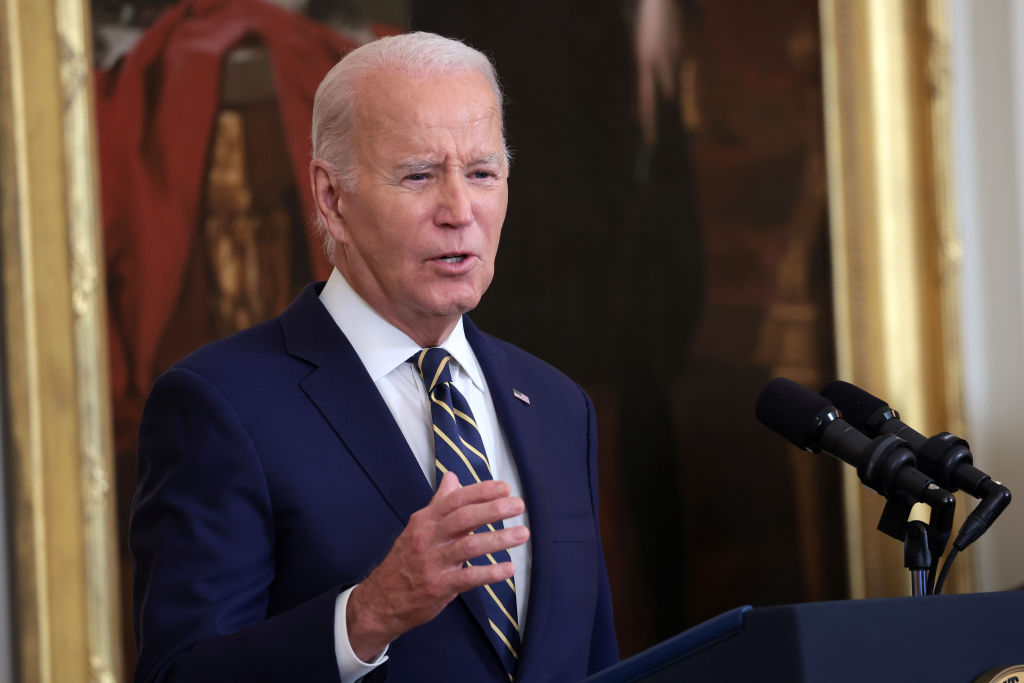
February 1, 2024
Biden Administration’s SAVE Student Loan Repayment Plan To Take Effect In February
The Biden administration has moved up the timeline for its revamped income-driven student loan repayment plan, SAVE.
The Biden administration has moved up the timeline for its revamped income-driven student loan repayment plan, SAVE. Originally slated to start during the summer, it will begin this month, in February instead. As Forbes reported, SAVE is a replacement for the REPAYE plan and has been designed to be more affordable than other repayment programs.
President Joe Biden reminded the public of the program’s basic tenets in a Facebook post, writing, “Folks, don’t forget. If you are enrolled in our SAVE student loan repayment plan, took out less than $12,000 in loans, and have been in repayment for 10 years: You will get your remaining student debt cancelled – starting next month.”
The program features a larger poverty exception, which means that more of a borrower’s income is ignored in payment calculation, more affordable payments, and a subsidy that erases interest accrued that exceeds the minimum monthly payment. Due to these improvements, many borrowers will have lower payments and no ballooning balances. Furthermore, over 7 million Americans have already enrolled in SAVE, as officials from the Biden administration informed Forbes.
Borrowers who owe initial balances between $12,000 and $21,000 may receive student loan forgiveness in under 20 years, faster than the typical 20- or 25-year forgiveness threshold under other IDR plans. According to the Department of Education guidelines, “Beginning in February 2024, the SAVE Plan will give borrowers who originally borrowed $12,000 or less forgiveness in as a few as 10 years.”
The Department guidelines read, “This means that you could spend as little as half the normal amount of time in repayment before getting forgiveness for your loans, thanks to the SAVE Plan.”
The Department of Education guidelines also explain how the various borrower amounts change the expected time to repay student loan debt.
“The shortest repayment term before forgiveness is 10 years (120 monthly payments) for individuals who borrowed $12,000 or less,” the Education Department maintains. “The repayment term increases for every $1,000 you borrowed above this amount. This means that even if you borrowed more than $12,000, you could still be eligible to receive forgiveness in less than 20 years. For example, if you borrowed any amount between $12,001 and $13,000, then your repayment term would be 11 years (132 monthly payments). If you borrowed between $13,001 and $14,000, then your repayment term would be 12 years (144 monthly payments).”
To qualify for the SAVE Plan, a borrower has to have a Direct federal student loan. Other plans are available for those with other federal student loans so that borrowers can convert those non-Direct federal loans into Direct federal loans through Direct loan consolidation, thus making them eligible for a SAVE repayment plan. Federal Student Aid guidance encourages those who can consolidate to do so so they can get into SAVE plans. “We encourage you to consolidate all of your loans into a Direct Consolidation Loan to access the SAVE Plan.”
In addition to having a Direct federal student loan, a borrower must have a qualifying initial loan balance, the same as the numbers from earlier in the report. The Education Department cautions those who have not consolidated their student loans that their debt will be calculated differently, “For borrowers with loans that have not been consolidated, we will generally consider the sum total of your loans that, together, have an outstanding balance,” The Department of Education told Forbes. “For borrowers who have consolidation loans, we will consider the initial balances of all of the underlying loans that were consolidated into your consolidation loans rather than the starting balance of your consolidation loan.”
RELATED CONTENT: Proposed Loan Repayment Plan Offers Hope For Low-Income Borrowers’ Path To Homeownership